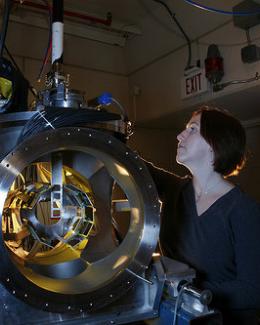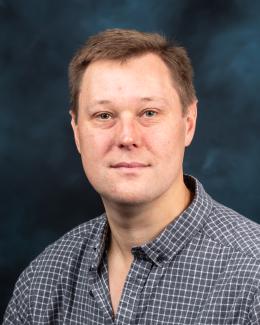Abstract
Background: The 30P(p,γ)31S reaction rate is one of the largest remaining sources of uncertainty in the final abundances of nuclei created in a classical nova involving a ONe white dwarf. The reaction rate directly influences silicon isotopic ratios, which are used as identifiers of presolar grains with nova origins. In addition, the uncertainty in the 30P(p,γ)31S reaction rate has been found to limit the use of nova nuclear thermometers based on observations of elemental ratios in nova ejecta.
Purpose: Reduce uncertainties in the nuclear data for proton-unbound states in 31S, which act as resonances for the 30P(p,γ)31S reaction at classical nova temperatures, and develop a technique for high efficiency, high-resolution reaction-decay coincidence measurements.
Methods: The 32S(p,d)31S reaction was used to populate the states of interest in 31S. The experiment was performed at the Texas A&M Cyclotron Institute using the LLNL Hyperion array for the detection of charged particles and γ rays. A downstream silicon telescope was used to select reaction deuterons, and a single upstream silicon detector was used to measure protons emitted in the decay of unbound 31S levels.
Results: Several states in 31S above the proton separation energy were observed to have been populated. Decay protons from the resonant states in 31S were identified as events in the upstream silicon detectors that came in coincidence with deuterons in the downstream telescope. Protons emitted from these states were measured and branching ratios extracted.
Conclusions: While no new reaction rate is derived, spin-parity assignments for several higher-lying proton unbound states have been confirmed. Measured p0 branching ratios for these levels have been compared to previous measurements with good agreement, and in some cases provided a reduction in uncertainty. The previously identified T=3/2 state may have been incorrectly assigned a large p0 branching ratio in a previous measurement. The technique of measuring reaction-decay coincidences with a particle-gamma setup appears promising.




